|
In this post, we are going deeper into the Dynamic Data project, looking at the Twitch dynamic data (library available here on GitHub and at NPM). Opening the library, you’ll see there are fifty-one types of data objects: AllStreamTags, AutoModSettings, BannedUsers, BitsLeaderboard, BlockedTerms, BroadcasterSubscriptions, Categories, ChannelChatBadges, ChannelEditors, ChannelEmotes, ChannelInformation, ChannelStreamSchedule, ChannelTeams, Channels, ChatSettings, Cheermotes, Clips, CreatorGoals, CustomReward, CustomRewardRedemption, EmoteSets, ExtensionAnalytics, ExtensionLiveChannels, ExtensionTransactions, Extensions, FollowedStreams, GameAnalytics, Games, GlobalChatBadges, GlobalEmotes, HypeTrainEvents, Moderators, Polls, Predictions, ReleasedExtensions, SoundtrackCurrentTrack, SoundtrackPlaylist, SoundtrackPlaylists, StreamKey, StreamTags, Streams, StreamsMarkers, Teams, TopGames, UserActiveExtensions, UserBlockList, UserExtensions, UserSubscription, Users, UsersFollows, Videos. Learn more about dynamic data generators and the benefits of artificial data in software development. About the data source Twitch is one of the largest live-streaming platforms with at least 2.5 million average viewers at any time and approximately 8 million unique streamers each month. The content offered on the platform ranges from Gaming, Music, Sports, Talk Shows, etc. Each channel has their own live chat room where viewers can communicate with each other and the broadcaster. In certain territories, these chat rooms can run events called Predictions which allows the user to gamble channel points, earned through watchtime, on a specific outcome for more points. These points can be used in exchange for several custom channel rewards set out by the broadcaster. Viewers can give money to the broadcaster through either subscriptions or donations (directly or with ‘bits’). Subscribing to the broadcaster grants the user the ability to watch the stream without ads, and gives the user subscriber emotes uploaded by the broadcaster that can be used in other Twitch chats. Approach usedTwitch has an offical API that allows for the retrieval of tons of relevant data. Using the API reference, several JSON objects were created and stored from the data types recorded. The index file of the package imports these data objects and exports them as a collection called “Data”. These mockup files make up the twitch-data package Models Generated With JSON Crack The twitch-mockup package imports the file above and goes through each attribute generating artificial (new) data using proprietary functions, such as those found in the utils package. For example, with the GetUsers object:
Use case ideas
Ideas to combine with some other data sources
Open-source data library We welcome contributions and forks to this data set, and look forward to seeing what developers build in our Liberty. Equality. Data. Slack channel. Considerations for next version/improvements General Improvements:
With Prifina developers can use the Dynamic Data Libraries natively in the App Studio to build direct to consumer apps where individuals can run them with their own user-held data. Join our Slack community; Liberty. Equality. Data. to brainstorm and collaborate with other app developers, designers, and our team.
In this post, we are going deeper into the Dynamic Data project, looking at the Withings dynamic data (library available here on GitHub and at NPM). Opening the library, you’ll see there are fifty-one types of data objects: Getactivity, Getgoals, Getintradayactivity, Getmeas, HeartList, Heart, Sleep, SleepSummary, getDevice, getUser, getWorkout. Learn more about dynamic data generators and the benefits of artificial data in software development. About the data source Withings is a consumer electronics company that develops several products related to Health Monitoring:
Approach used Withings have released their Official Developer Documentation with access to their API. Using the API reference, several JSON objects were created and stored from the data types recorded. The index file of the package imports these data objects and exports them as a collection called Data, These mockup files make up the withings-data package. The withings-mockup package imports the file above and goes through each attribute generating artificial (new) data using proprietary functions, such as those found in the utils package. For example, with the GetMeas object:
Use case ideas
Ideas to combine with some other data sources
Open-source data library We welcome contributions and forks to this data set, and look forward to seeing what developers build in our Liberty. Equality. Data. Slack channel. Considerations for next version/improvementsGeneral Improvements:
With Prifina developers can use the Dynamic Data Libraries natively in the App Studio to build direct to consumer apps where individuals can run them with their own user-held data. Join our Slack community; Liberty. Equality. Data. to brainstorm and collaborate with other app developers, designers, and our team.
In this post, we are going deeper into the Dynamic Data project, looking at the Whoop dynamic data (library available here on GitHub and at NPM). Opening the library, you’ll see there are fifty-one types of data objects: Cycle, Recovery, Sleep, User, Workout. Learn more about dynamic data generators and the benefits of artificial data in software development. About the data source Whoop is a wearable fitness technology company that offers the ‘Whoop band’ product that monitors the user’s sleep, recovery, heart rate, strain and workout performance. The Whoop Band comes in several different models that focus on the aesthetics and feel of the device, rather than its software or hardware. Whoop also offers some accessories such as a Portable Battery Pack and Body Strap. One of the most differential features about Whoop is that they do not offer the band at a flat sum, instead offering the band as part of a membership subscription, which also grants the user access to their health metrics, and provides the user with weekly and monthly performance assessment reports, community leaderboards and more. Approach used Whoop have recently released their Developer Platform which grants access to their official API. Using the Whoop API Reference Documentation, several JSON objects were created and stored from the data types recorded. The index file of the package imports these data objects and exports them as a collection called Data, These mockup files make up the whoop-data package. The whoop-mockup package imports the file above and goes through each attribute generating artificial (new) data using proprietary functions, such as those found in the utils package. For example, with the Cycle object
Use case ideas
Ideas to combine with some other data sources
Open-source data library We welcome contributions and forks to this data set, and look forward to seeing what developers build in our Liberty. Equality. Data. Slack channel. Considerations for next version/improvements General Improvements
With Prifina developers can use the Dynamic Data Libraries natively in the App Studio to build direct to consumer apps where individuals can run them with their own user-held data. Join our Slack community; Liberty. Equality. Data. to brainstorm and collaborate with other app developers, designers, and our team.
In this post, we are going deeper into the Dynamic Data project, looking at the Sensor BNO055 dynamic data (library available here on GitHub and at NPM). Opening the library, you’ll see there are fifty-one types of data objects: RawSync, RawAsync Learn more about dynamic data generators and the benefits of artificial data in software development. About the data source The BNO055 Sensor is a smart IMU (Inertial Measurement Unit) node developed by a German technology manufacturer Bosch Sensortec. The BNO055 Sensor uses a combination of different sensors to detect movements, and measure the intensity of movements in terms of acceleration and rotational speeds. This sensor makes use of an accelerometer, gyroscope and magnetometer to capture 9-degrees-of-freedom:
Here’s a useful video illustrating the utility of BNO055 Sensor (YouTube) The data from the individual sensors (accelerometer, magnetometer, gyroscope) are captured, processed by the MCU (Microcontroller). This data can then be fused (sensor fusion) into either quaternion data or in Euler angles (roll, pitch, and yaw angle). If the data is not fused, then any combination of the raw sensor data can be exported (e.g., ACCONLY, MAGGYRO, etc.). To export and save the data, the sensor must live stream to an external device, like a mobile phone, so that the data is stored on that device. The space required for this data export is in the range 2MB - 18MB per hour. Once the data is successfully stored, the data can be analyzed to extrapolate additional information. Approach used A sample data export file was provided to us containing several hundreds of records of quaternion (fused sensor) data and accelerometer data in CSV format. One such record was converted into a JSON object and stored as the RawSync mockup file. A copy of this file was converted into an array of two strings, the first being the attribute names of the JSON object and the second string being the data of those attributes. The attributes are separated by ‘\t’. This file is stored as the RawAsync. These mockup files make up the sensor-bno055-data package. The sensor-bno055-mockup package imports the file above and goes through each attribute generating artificial (new) data using proprietary functions, such as those found in the utils package. For example, with the RawSync object:
Use case ideas
Ideas to combine with some other data sources
Open-source data libraryWe welcome contributions and forks to this data set, and look forward to seeing what developers build in our Liberty. Equality. Data. Slack channel. Considerations for next version/improvements General Improvements
With Prifina developers can use the Dynamic Data Libraries natively in the App Studio to build direct to consumer apps where individuals can run them with their own user-held data. Join our Slack community; Liberty. Equality. Data. to brainstorm and collaborate with other app developers, designers, and our team.
In this post, we are going deeper into the Dynamic Data project, looking at the Movesense dynamic data (library available here on GitHub and at NPM). Opening the library, you’ll see there are fifty-one types of data objects: AccConfig, AccData, AccInfo, AdvSettings, AdvState, AppInfo, BleConfig, BondList, BondingSettings, CalibrationData, CalibrationMatrix, DebugLogConfig, DebugLogResult, DebugMessage, DebugMessageConfig, DeviceInfo, ECGConfig, ECGData, ECGInfo, EepromData, EepromInfo, FaultInfo, GyroConfig, GyroData, GyroInfo, HRData, HRInfo, IMU6Data, IMU6MData, IMU9Data, IMUConfig, IMUInfo, LedState, Leds, MagnConfig, MagnData, MagnInfo, Memory, ModuleStatus, PeerChange, PeerList, ProductData, ResetReason, ScanResult, State, StateChange, StepsDone, SystemModeStatus, TempInfo, TemperatureValue, VisualIndState. Learn more about dynamic data generators and the benefits of artificial data in software development. About the data sourceMovesense is an open development platform for wearables and sensor products for fitness and health. They offer two types of sensors: Movesense Active and Movesense Medical. These technologies contain data from several sensors:
Approach usedMovesense provides an API to download and upload data to each Movesense module, provider and application. These APIs can be inspected through either the API reference or a more detailed view can be seen on their BitBucket. By combining the two resources, data objects could be constructed and then converted into JSON format to create a mockup file. A simple data model of these objects can be seen below. This mockup file makes up the movesense-data package. The Above Images are grouped into the files that can be seen in the package. The captions can correspond to the images top to bottom. The movesense-mockup package imports the file above and goes through each attribute generating artificial (new) data using proprietary functions, such as those found in the utils package. For example, with the SystemModeStatus object:
Use case ideas
Explore entirely new use cases
Ideas to combine with some other data sources
Open-source data libraryWe welcome contributions and forks to this data set, and look forward to seeing what developers build in our Liberty. Equality. Data. Slack channel. Considerations for next version/improvementsGeneral considerations:
Specific considerations:
With Prifina developers can use the Dynamic Data Libraries natively in the App Studio to build direct to consumer apps where individuals can run them with their own user-held data. Join our Slack community; Liberty. Equality. Data. to brainstorm and collaborate with other app developers, designers, and our team.
In this post, we are going deeper into the Dynamic Data project, looking at the Ancestry dynamic data (library available here on GitHub and at NPM). Opening the library, you’ll see there is one type of data file: RawDataObject Learn more about dynamic data generators and the benefits of artificial data in software development. About the data sourceAncestry is a genealogy website that offers several services such as:
Approach usedAncestry provides a data exporting service that allows users to download their raw genotype data. A subset of such data was converted into JSON format to create a mockup file. A simple data model of these objects can be seen below. This mockup file makes up the ancestry-data package. The ancestry-mockup package imports the file above and goes through each attribute generating artificial (new) data using proprietary functions, such as those found in the utils package. For example, with the RawDataObject object:
Use case ideas
Explore entirely new use cases
Ideas to combine with some other data sourcesCombine with similar Raw Genetic Data exports, like from 23andMe, to gain a greater scope of genetic data. Look at any discrepancies for further analysis. Combine with photo applications to generate a life-like model of the user. For instance, genetic data can help provide data about hair (texture, baldness, etc.) but cannot tell your hairstyle. Open-source data libraryWe welcome contributions and forks to this data set, and look forward to seeing what developers build in our Liberty. Equality. Data. Slack channel. Considerations for next version/improvementsWith Prifina developers can use the Dynamic Data Libraries natively in the App Studio to build direct to consumer apps where individuals can run them with their own user-held data. Join our Slack community; Liberty. Equality. Data. to brainstorm and collaborate with other app developers, designers, and our team.
In this post, we are going deeper into the Dynamic Data project, looking at the Runkeeper dynamic data (library available here on GitHub and at NPM). Opening the library, you’ll see there is one type of data file: CardioActivity Learn more about dynamic data generators and the benefits of artificial data in software development. About the data sourceRunkeeper is a GPS fitness-tracking application available on smart devices (iPhone, Apple Watch, Android, etc.) track the user's progress against their running and training goals. Data can also be manually input into their browser platform. Their platform provides other services: training plans, guided workouts, monthly running challenges, etc. The application allows the user to record the type of activity or equipment used, (when applicable) plot a GPS route, and other details, such as date, duration, start time, calories burned, distance (if no map), average heart rate, and a descriptive note. The user can also connect and integrate their data with several other health sources: Fitbit, Garmin, MyFitnessPal, Apple Health, etc. Approach usedRunkeeper allows for the user to export their data, which downloads a copy of their master CSV files for all activities and the individual GPX activity files associated with GPS activities. The CSV files can be converted into JSON objects to create the data mockups. A simple data model of these objects can be seen below. This mockup file makes up the runkeeper-data package. The runkeeper-mockups package imports the aforementioned file and goes through each attribute of it, generating artificial (new) data using proprietary functions, such as those found in the utils package. For example, with the CardioActivity object:
Use case ideas
Explore entirely new use cases
Ideas to combine with some other data sourcesCombing with other Health devices to provide greater context towards some activities e.g., Fitbit, Garmin, Oura, or Strava. Combine route information with destination, trivia, or weather apps to provide greater context to route taken. Open-source data libraryWe welcome contributions and forks to this data set and look forward to seeing what developers build in our Liberty. Equality. Data. Slack channel. Considerations for next version/improvementsGeneral Improvements
Join our Slack community; Liberty. Equality. Data. - to ideate and collaborate with other app developers, designers, and our team.
In this post, we are going deeper into the Dynamic Data project, looking at the 23andMe dynamic data (library available here on GitHub and at NPM). Opening the library, you’ll see there are one type of data files: RawDataObject Learn more about dynamic data generators and the benefits of artificial data in software development. About the data source23andMe is a biotechnology company that provides an Ancestry, Health and Traits service that requires the customer to send their DNA for analysis. 23andMe also provides a paid-for membership which grants ongoing access to enhanced premium features and reports. Ancestry Service:
Approach used23andMe provides a data exporting services that allows the user to download their raw genotype data. A subset of such data was converted into JSON format to create a mockup file. A simple data model of these objects can be seen below. This mockup file makes up the 23andme-data package. The 23andme-mockup package imports the aforementioned file and goes through each attribute of them generating artificial (new) data using proprietary functions, such as those found in the utils package. For example, with the RawDataObject object:
Use Case Ideas
Explore entirely new use cases
Ideas to combine with some other data sourcesCombine with similar Raw Genetic Data exports, like from Ancestry, to gain a greater scope at genetic data. Look at any discrepancies for further analysis. Combine with photo applications to generate a life-like model of the user, for instance genetic data can help provide data about hair (texture, baldness, etc) but cannot tell your hairstyle Open-source data libraryWe welcome contributions and forks to this data set, and look forward to seeing what developers build in our Liberty. Equality. Data. Slack channel. Considerations for next version/improvements
Join our Slack community; Liberty. Equality. Data. - to ideate and collaborate with other app developers, designers, and our team.
In this post, we are going deeper into the Dynamic Data project, looking at the Strava dynamic data (library available here on GitHub and at NPM). Opening the library, you’ll see there are twenty-five different types of data files: Activity, ActivityComments, ActivityKudoers, ActivityLaps, ActivityStream, ActivityZones, AthleteActivities, AthleteClubs, AthleteRoute, AthleteStats, AuthenticatedAthlete, Club, ClubActivities, ClubAdministrators, ClubMembers, Equipment, Route, RouteStream, SegmentEfforts, SegmentEffortsStream, Segments, SegmentsStreams, StarredSegments, Upload, and Zones. Learn more about dynamic data generators and the benefits of artificial data in software development. About the data sourceStrava is a fitness tracking application freely available on Android and iOS devices, and web browsers. Some of the many things you can do are:
Approach usedUsing the Strava API v3, a mockup file was created for each data object. A simple data model of these objects can be seen below. These mockup files make up the strava-data package. The strava-mockups package imports the aforementioned files and goes through them generating (artificial) new data using proprietary functions, such as those found in the utils package. For example, with the ActivityStream object:
Use Case Ideas
Explore entirely new use cases
Ideas to combine with some other data sourcesCombing with data sources of other health devices (e.g., Oura, Garmin, Fitbit, or Whoop) could be useful to provide greater context for some activities. It is also possible to combine Strava data with some entirely different segment data, like air quality, weather, location or similar to find interesting new applications for the data. Open-source data libraryWe welcome contributions and forks to this data set, and look forward to seeing what developers build in our Liberty. Equality. Data. Slack channel. Considerations for next version/improvementsGeneral Improvements
Join our Slack community; Liberty. Equality. Data. - to ideate and collaborate with other app developers, designers, and our team.
In this post we are going deeper in the Dynamic Data project, looking at the Fitbit dynamic data (library available here on GitHub and at NPM). Opening the library, you’ll see there are seven different types of data files: ActivitiesData, ActivitiesSummary, HeartRateData, HeartRateSummary, SleepData, SleepQuality and SleepSummary Learn more about dynamic data generators and benefits of artificial data in software development. About the data source?Fitbit is a brand of smart watch that focuses on fitness tracking, allowing for the monitoring of several metrics:
Approach used 7 separate mockup files were created for the 3 different data objects:
The fitbit-mockups package imports the aforementioned files and goes through them generating (artificial) new data using proprietary functions, such as those found in the utils package. For example, with the SleepSummary object:
Use Case Ideas
Explore entirely new use cases
Ideas to combine with some other data sourcesCombing with other Health devices to provide greater context towards some activities e.g. Oura, Garmin, Strava, Whoop. Or with some entirely different segment data, like air quality, weather, location or similar to find interesting new applications for the data. Open Source data libraryWe welcome contributions and forks to this data set, and look forward to seeing what developers build in our Liberty. Equality. Data Slack channel. Considerations for next version/improvementsGeneral Improvements
Join our Slack community; Liberty. Equality. Data. - to ideate and collaborate with other app developers, designers, and our team.
|
|
© 2024 PRIFINA INC.
|

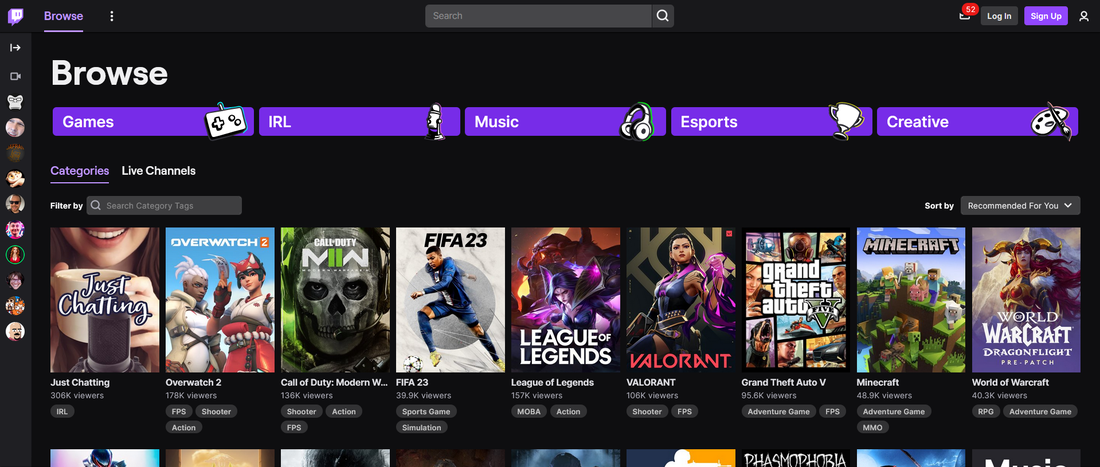

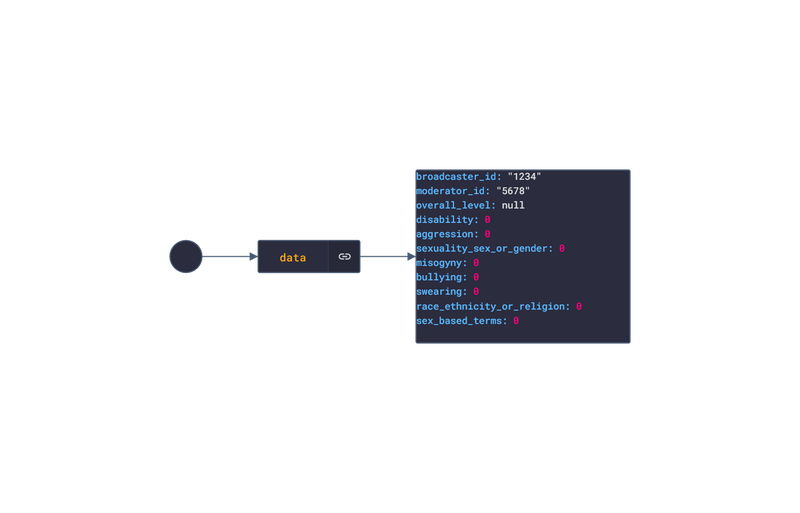
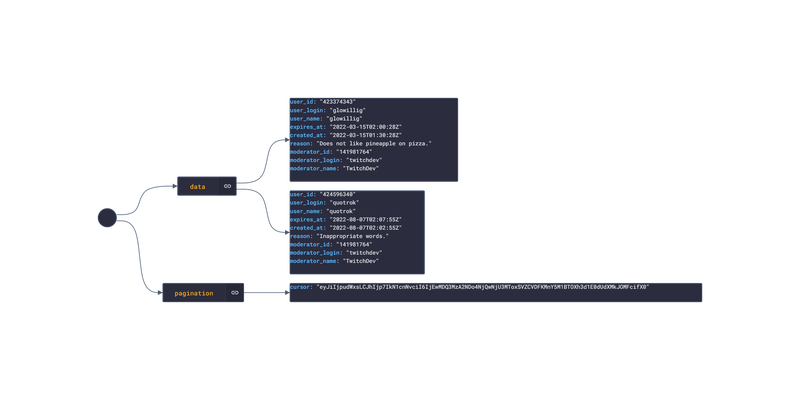
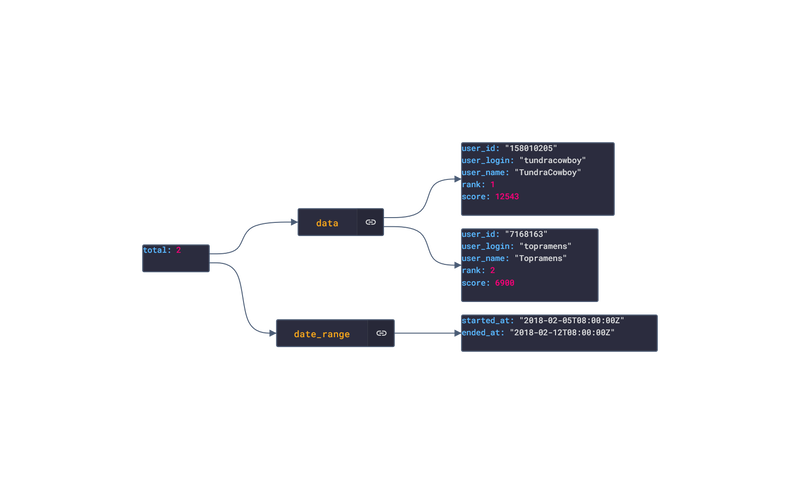
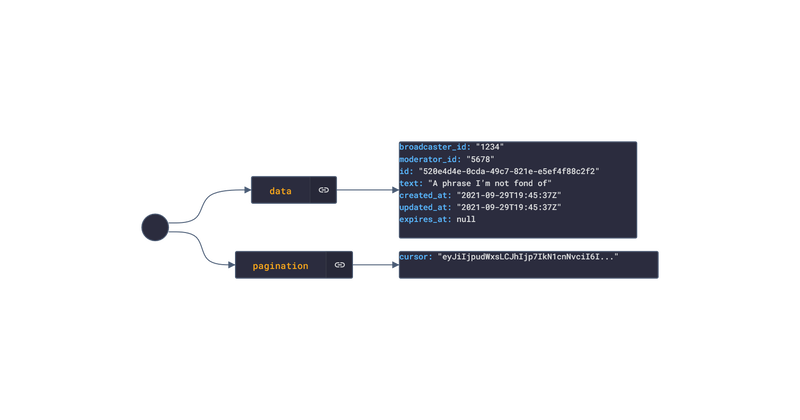
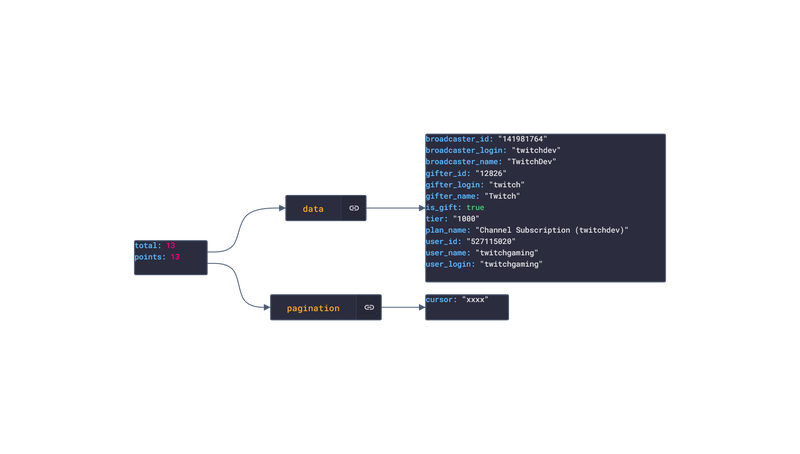


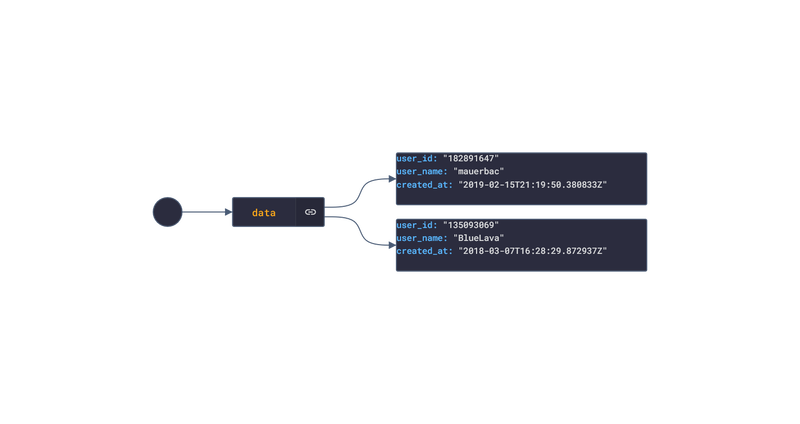
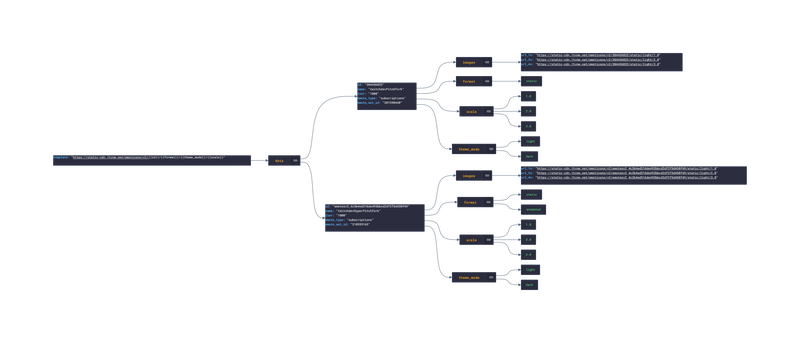



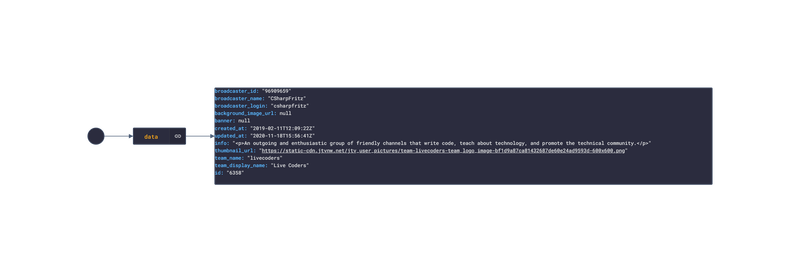
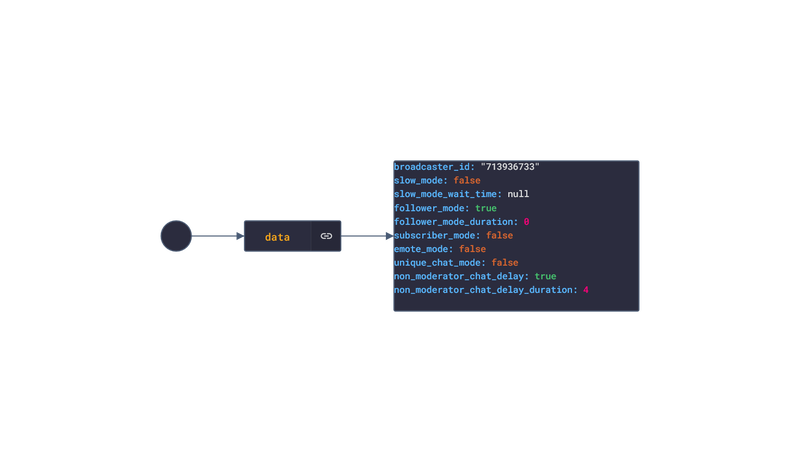

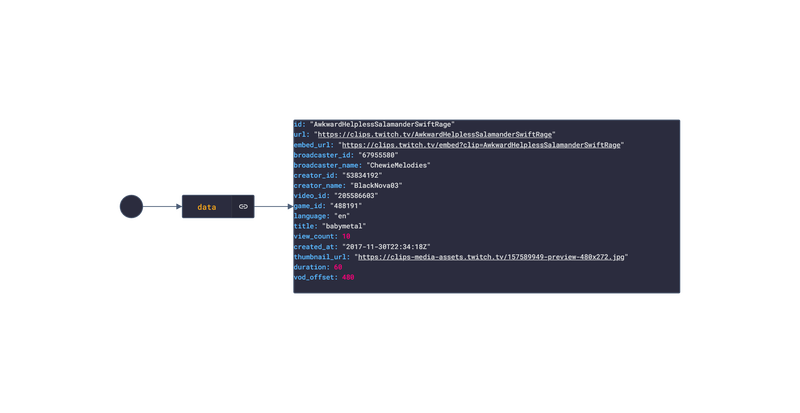
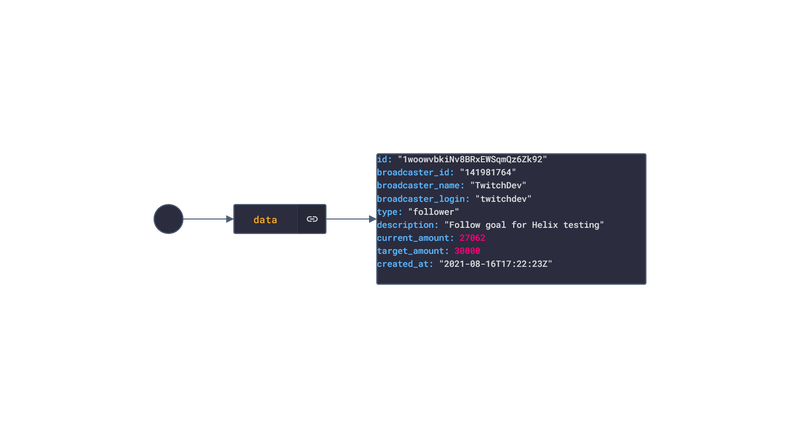






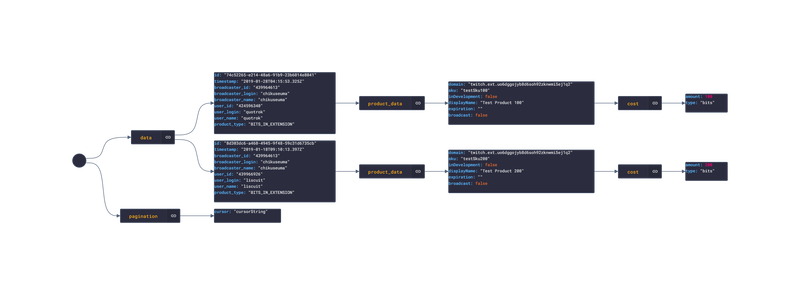


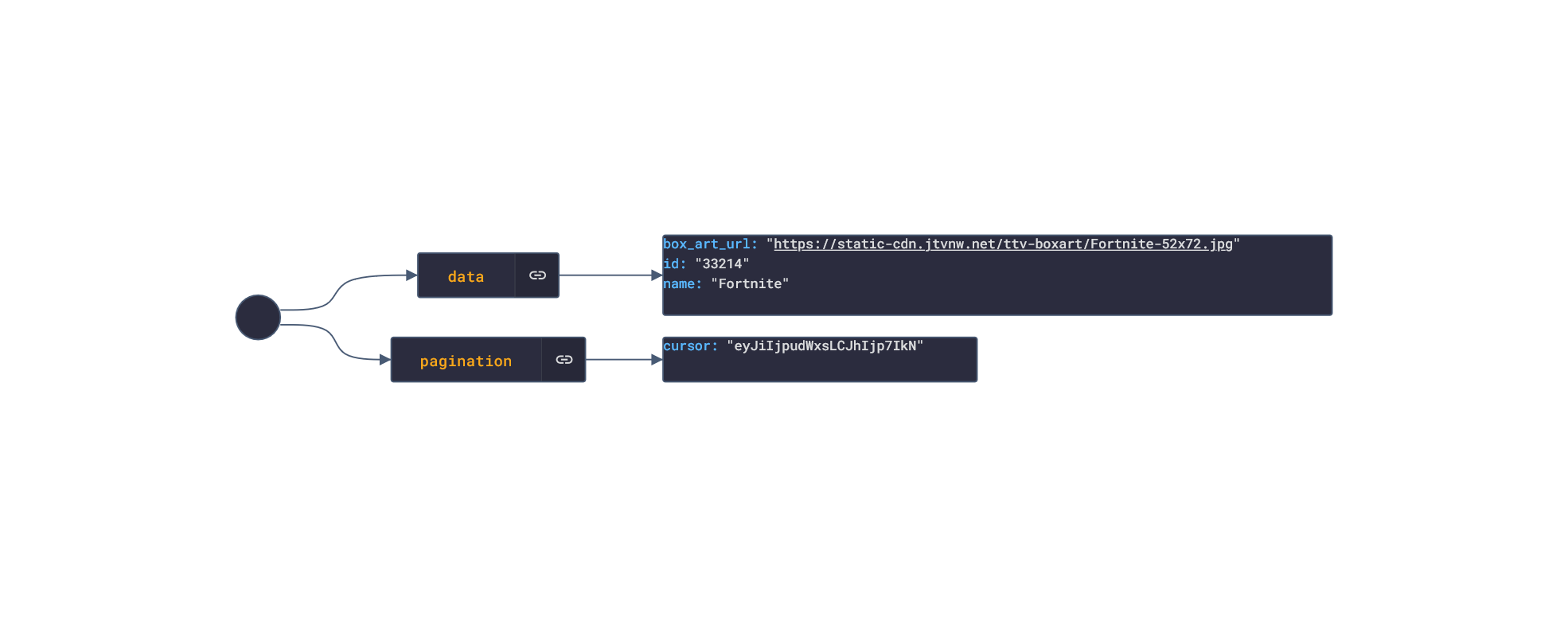









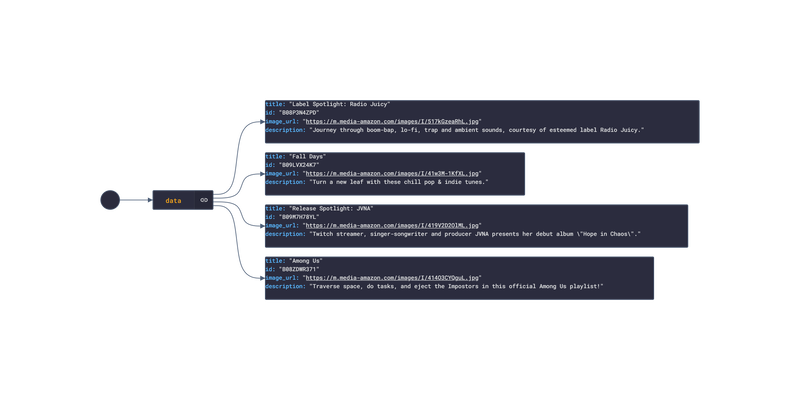
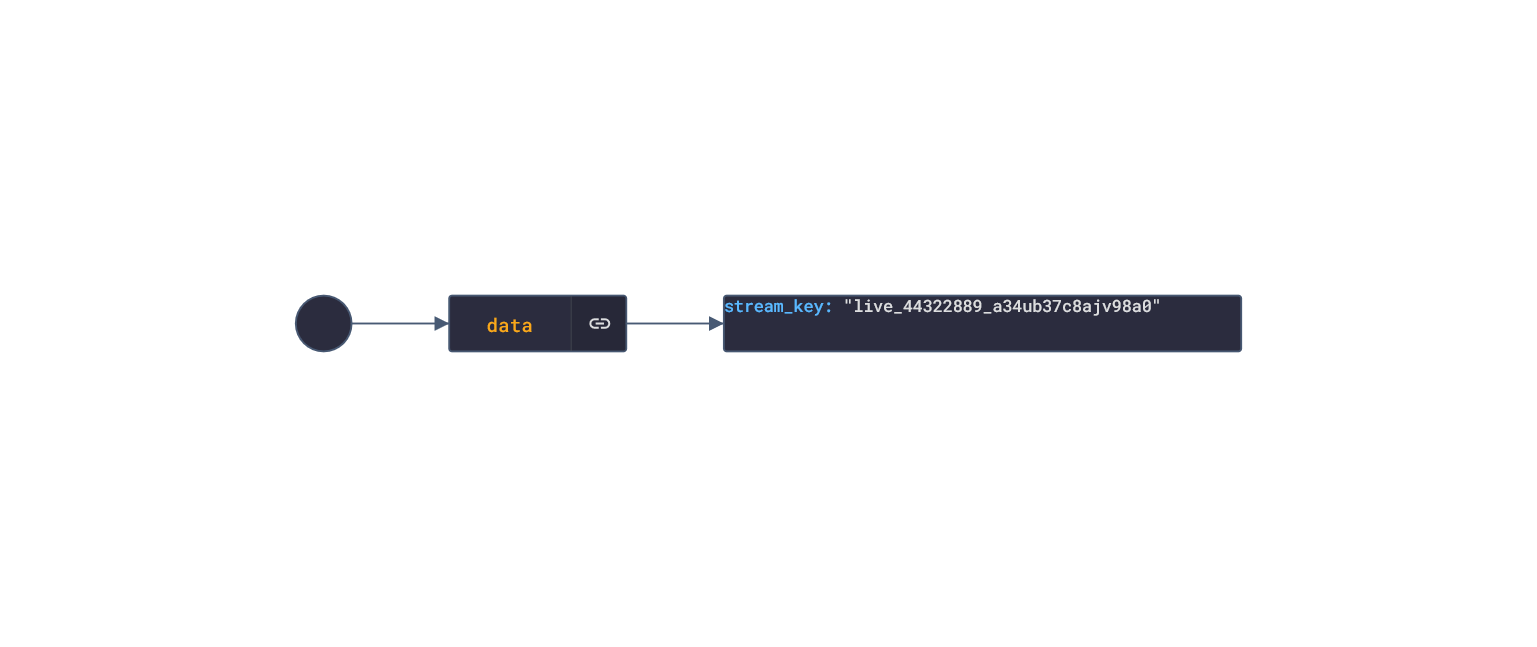





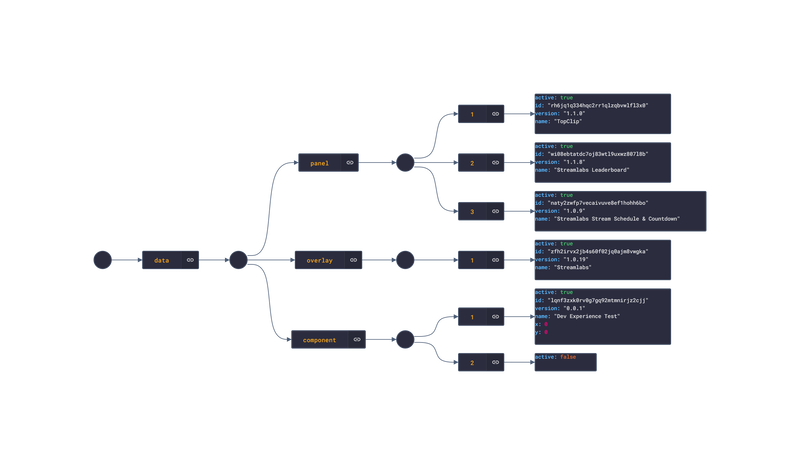
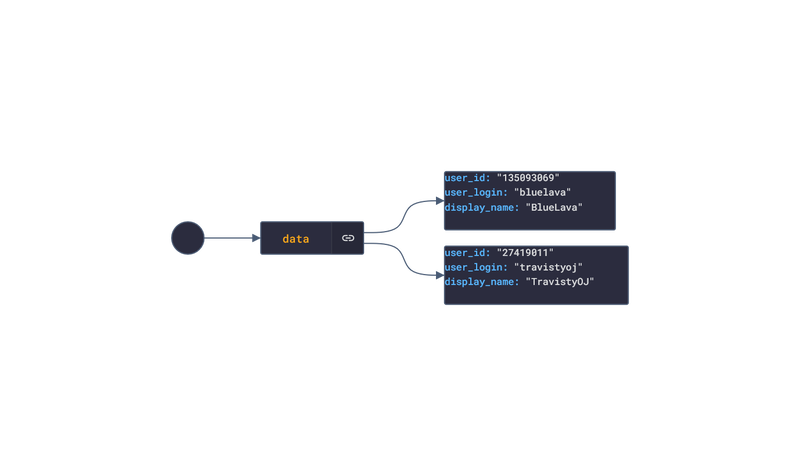
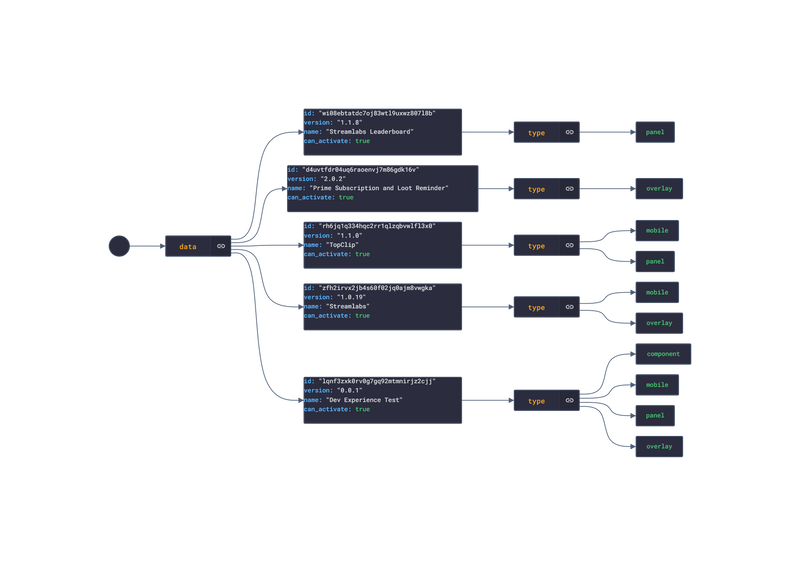
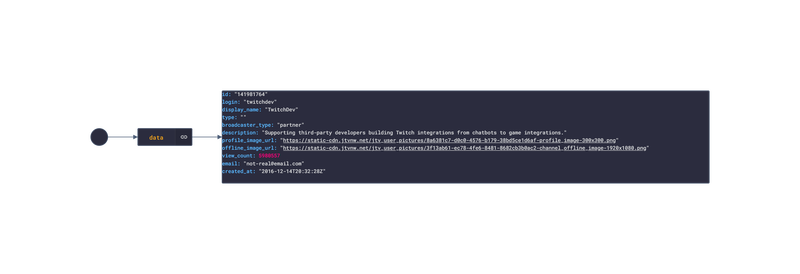
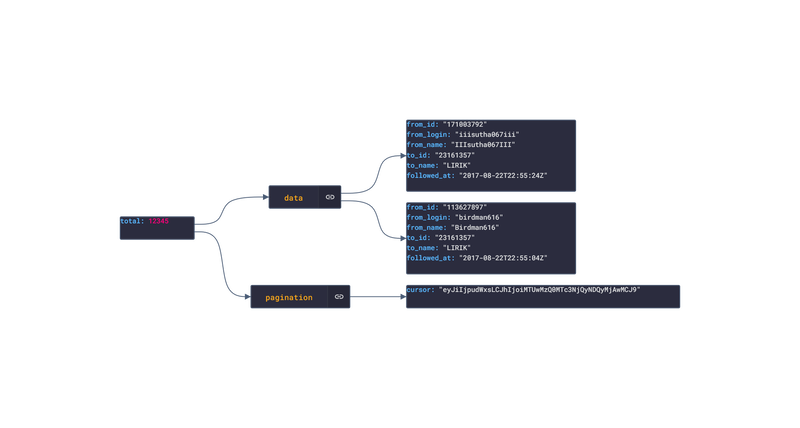
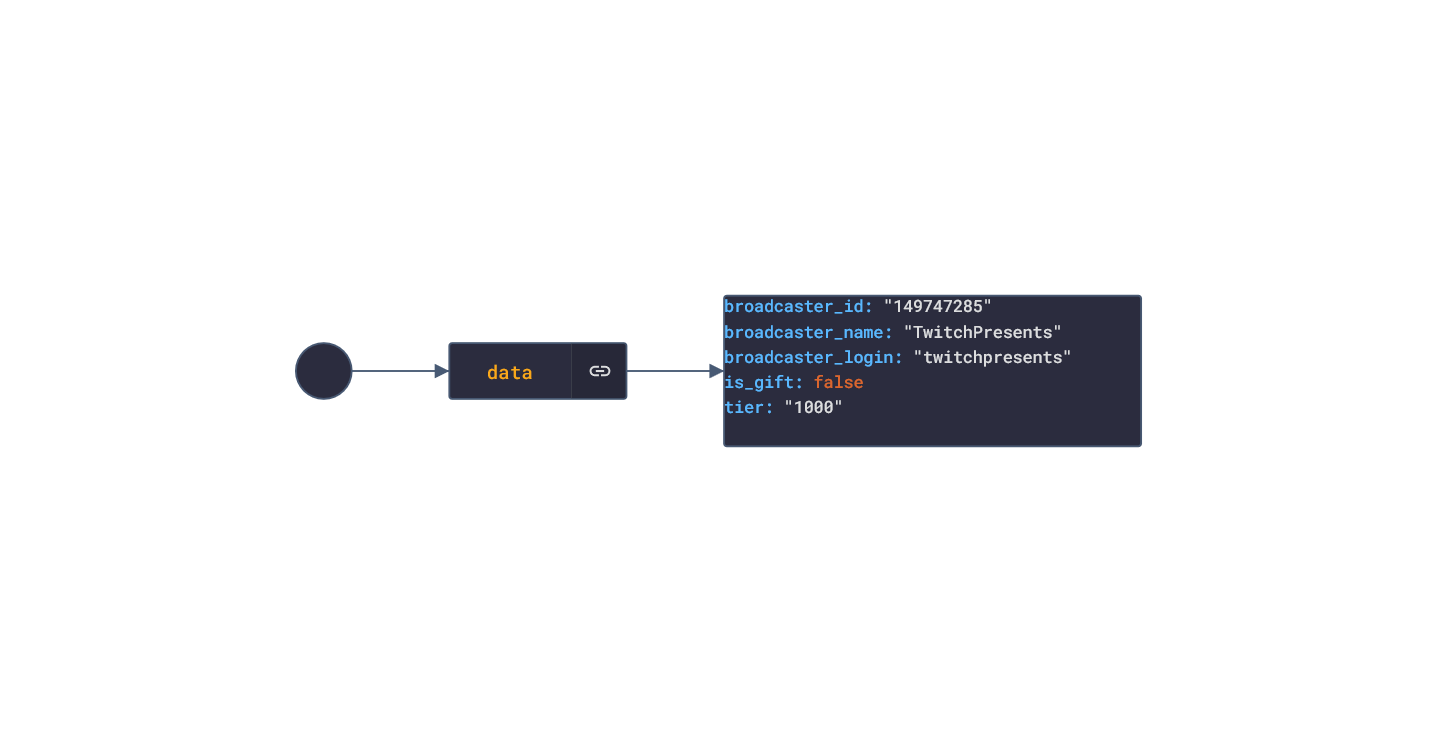

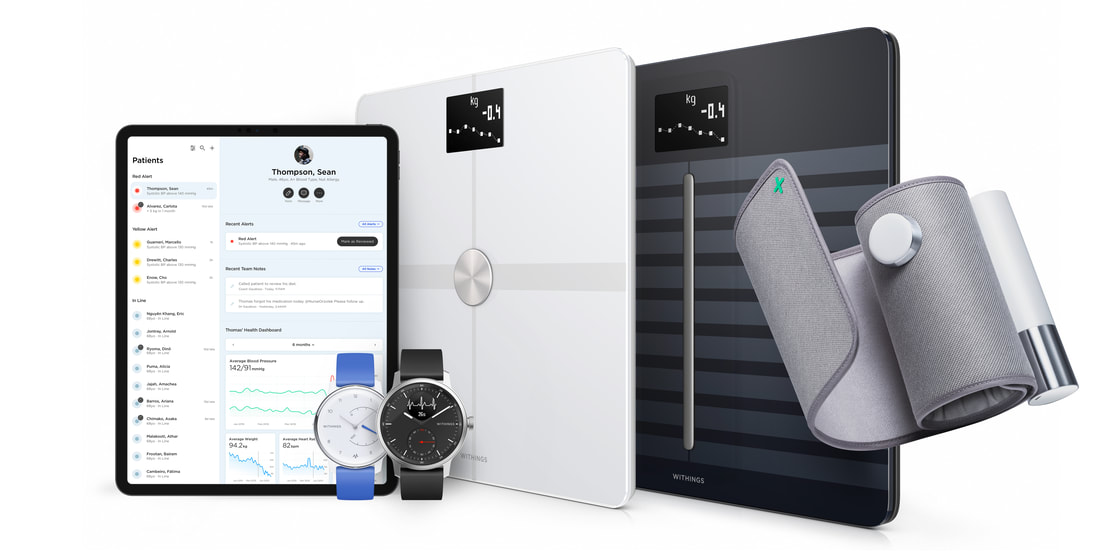
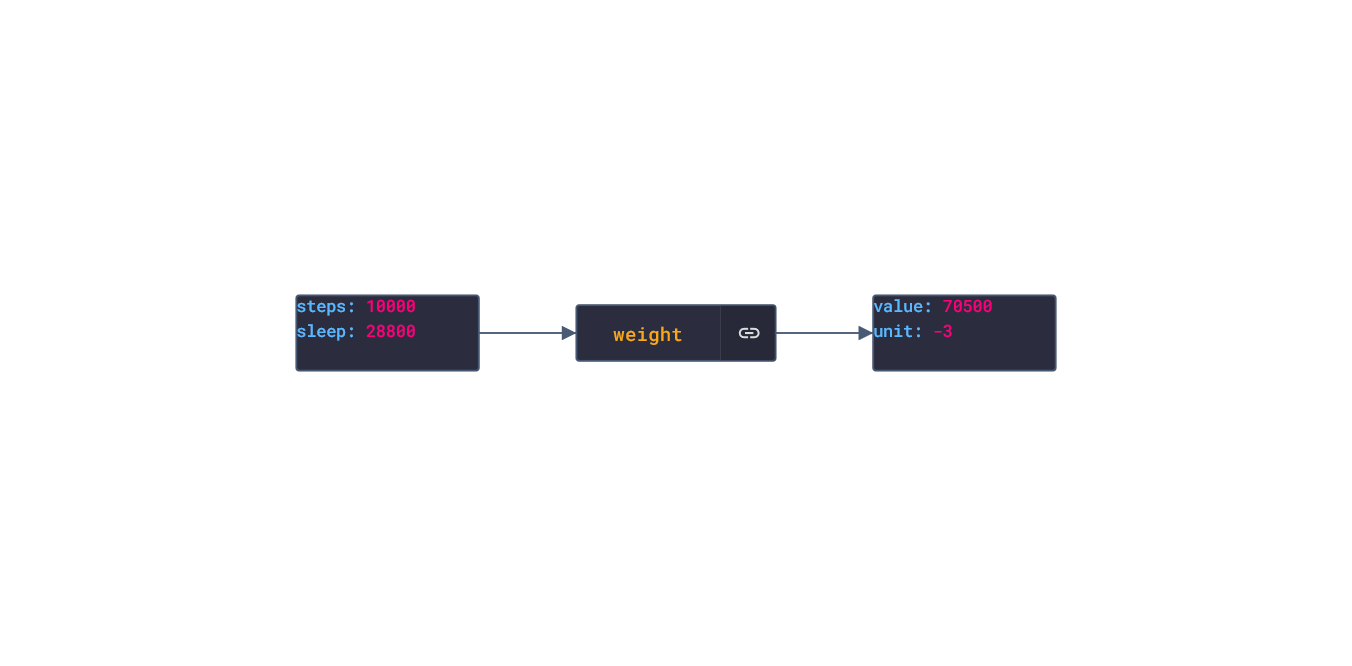
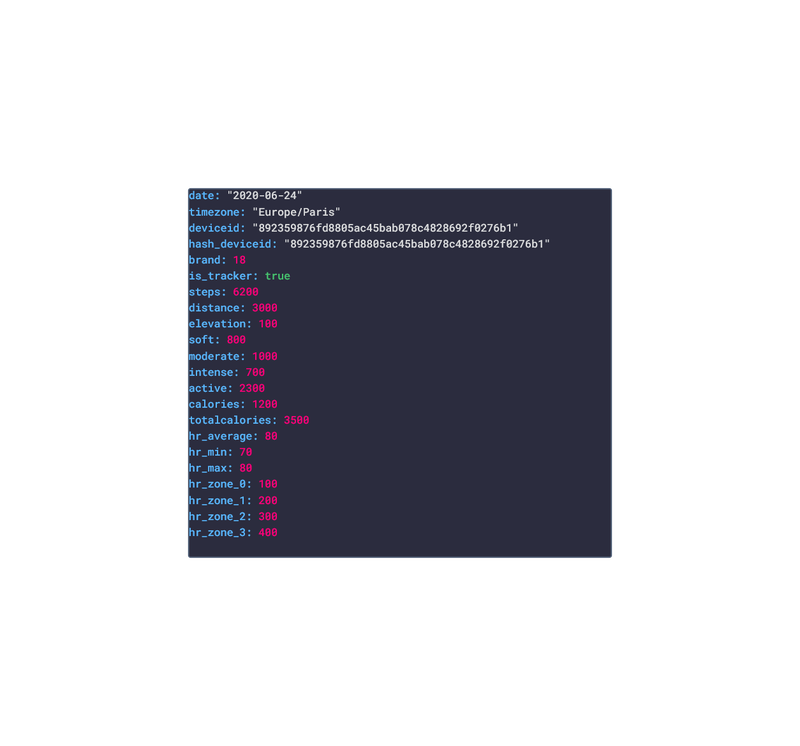
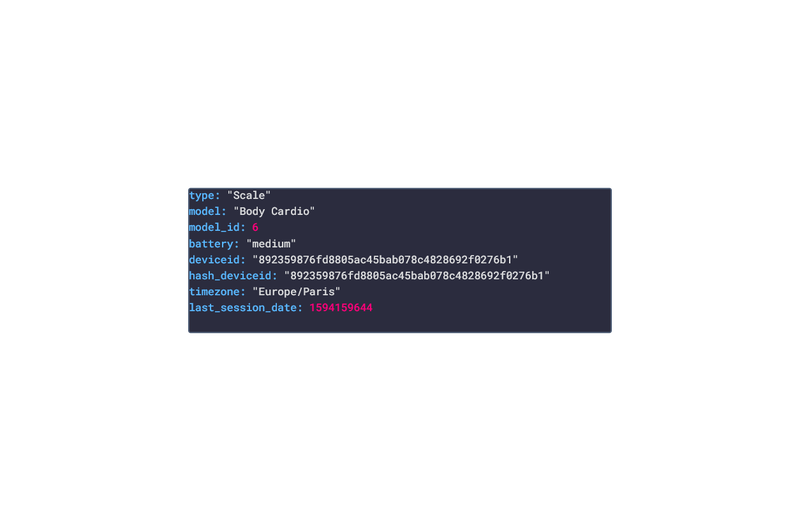
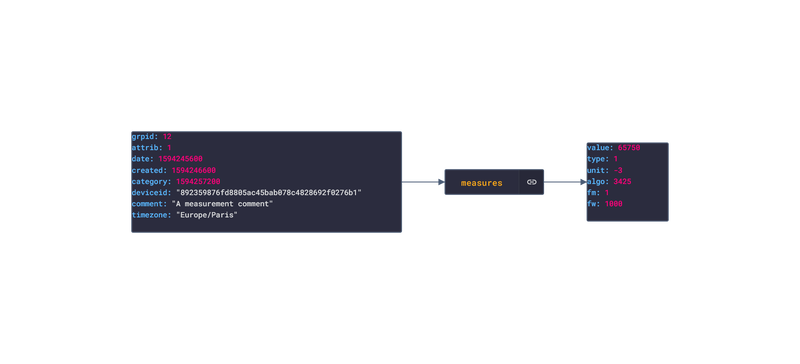

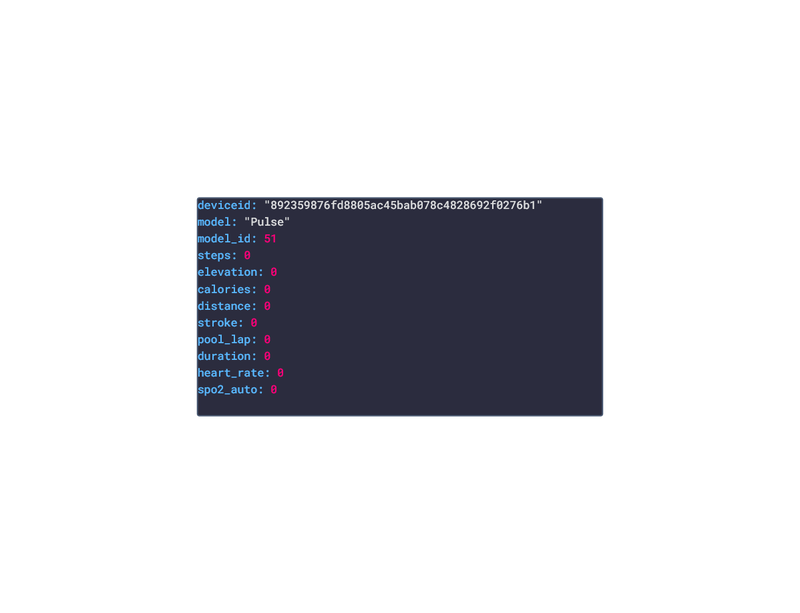
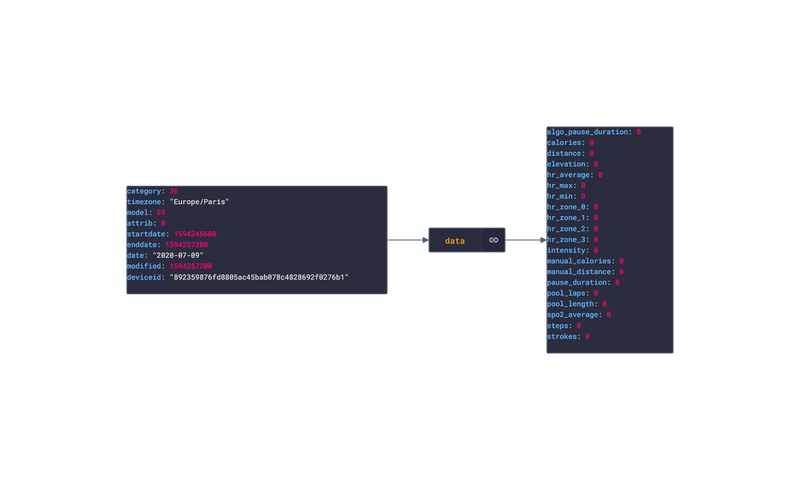


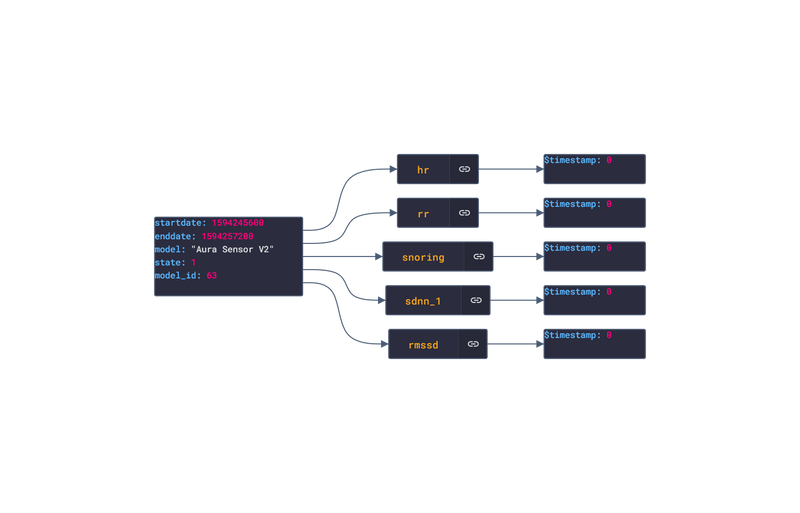

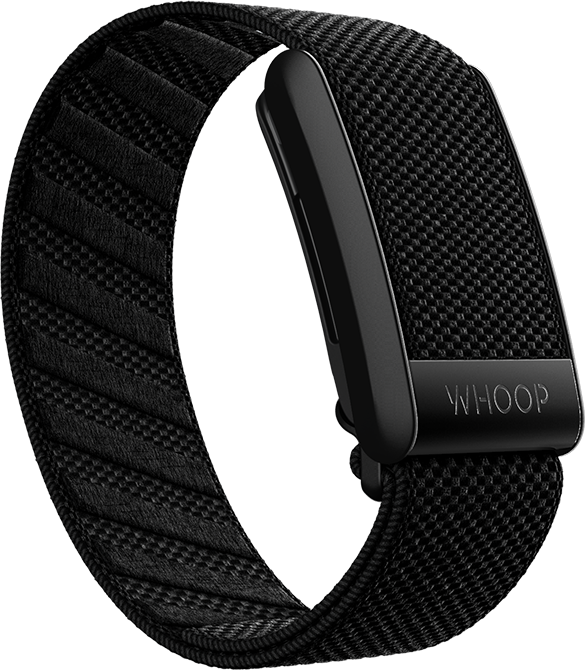





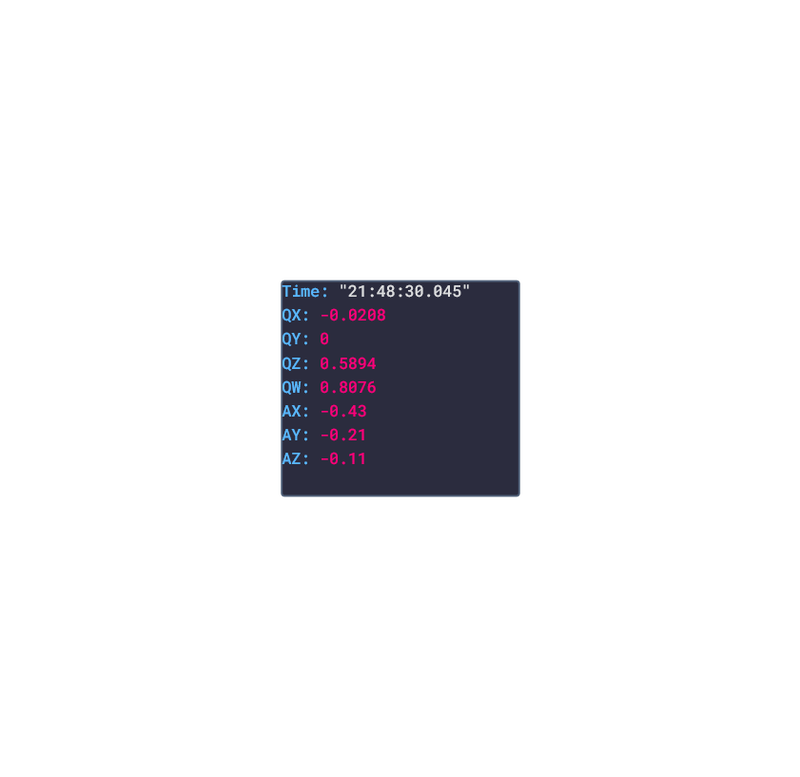
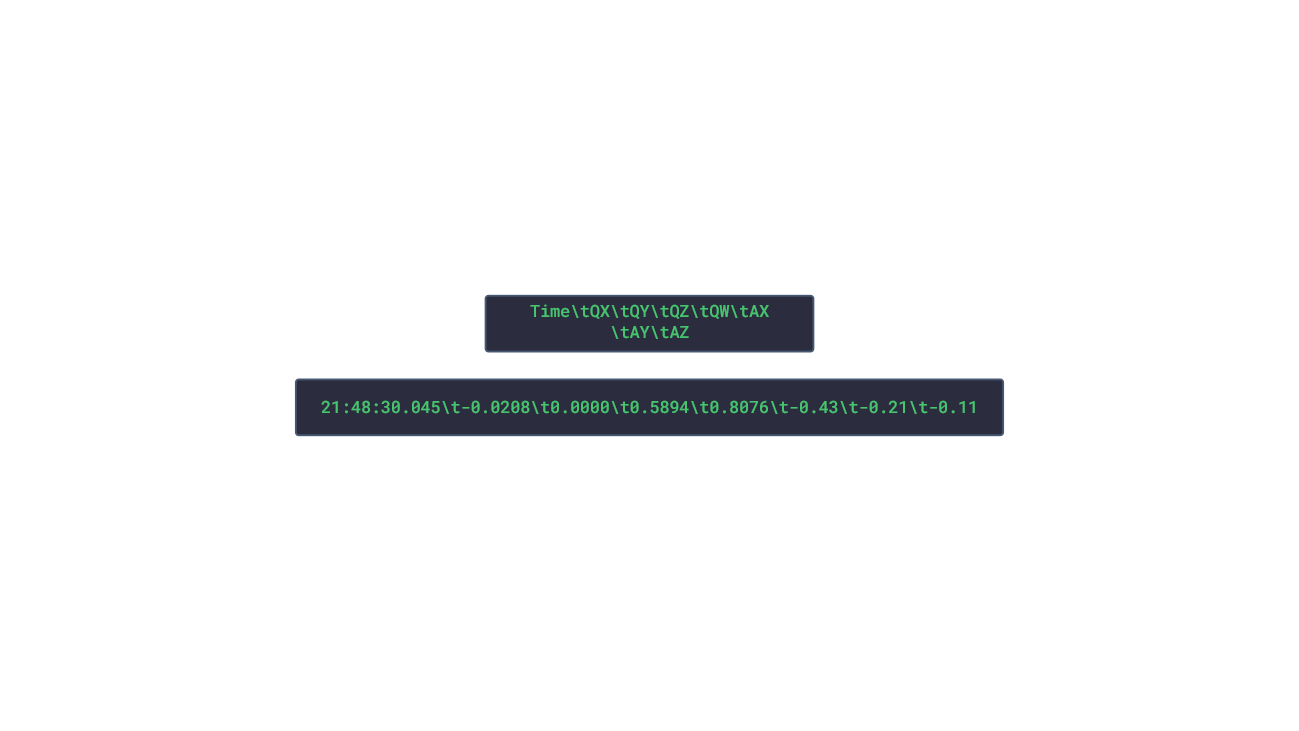
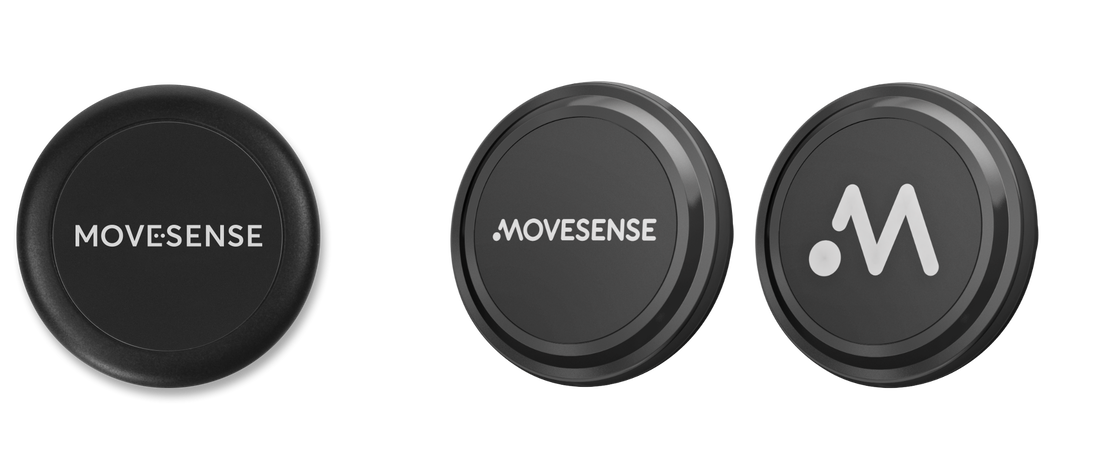
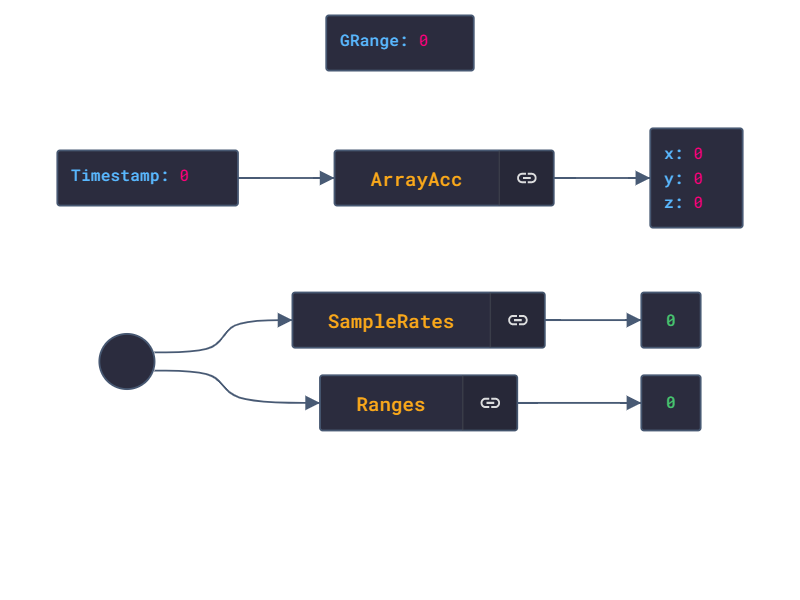
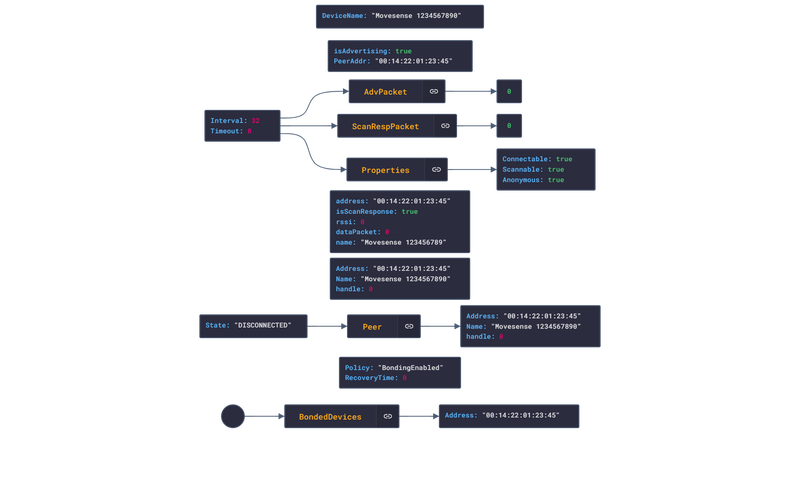
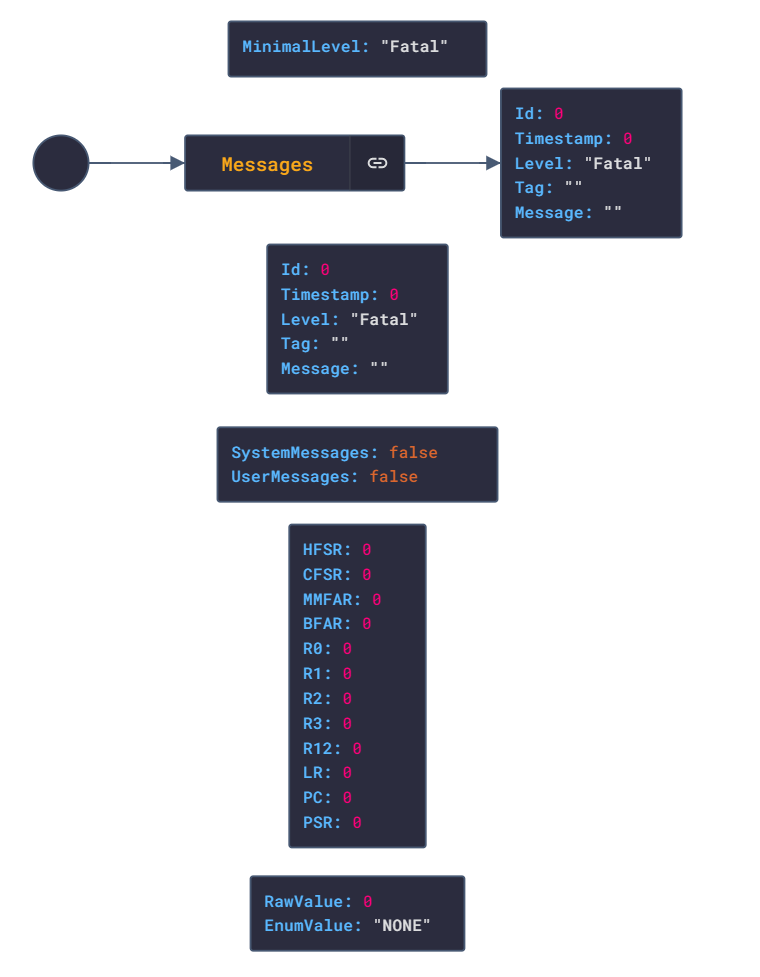
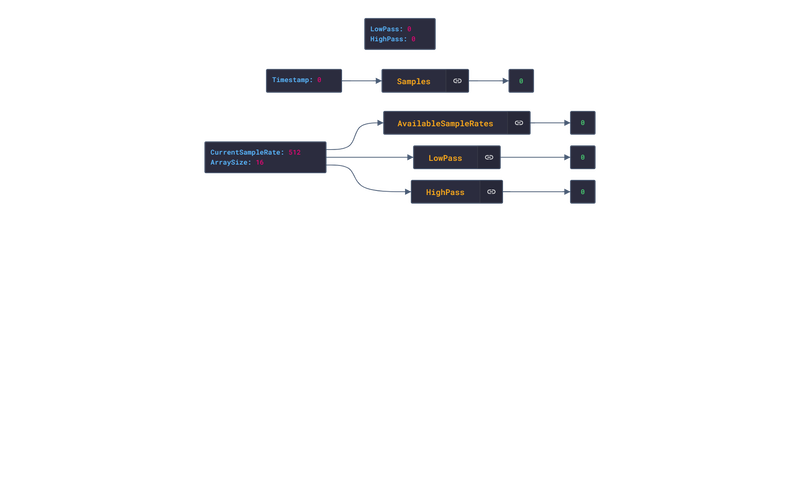

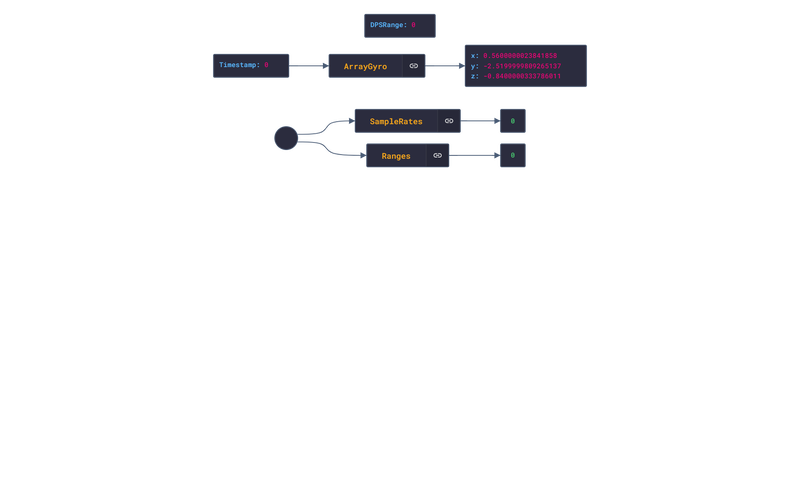
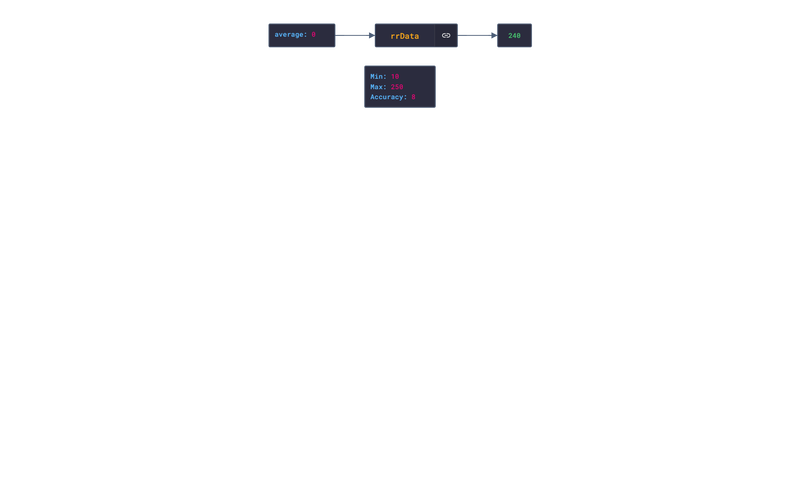
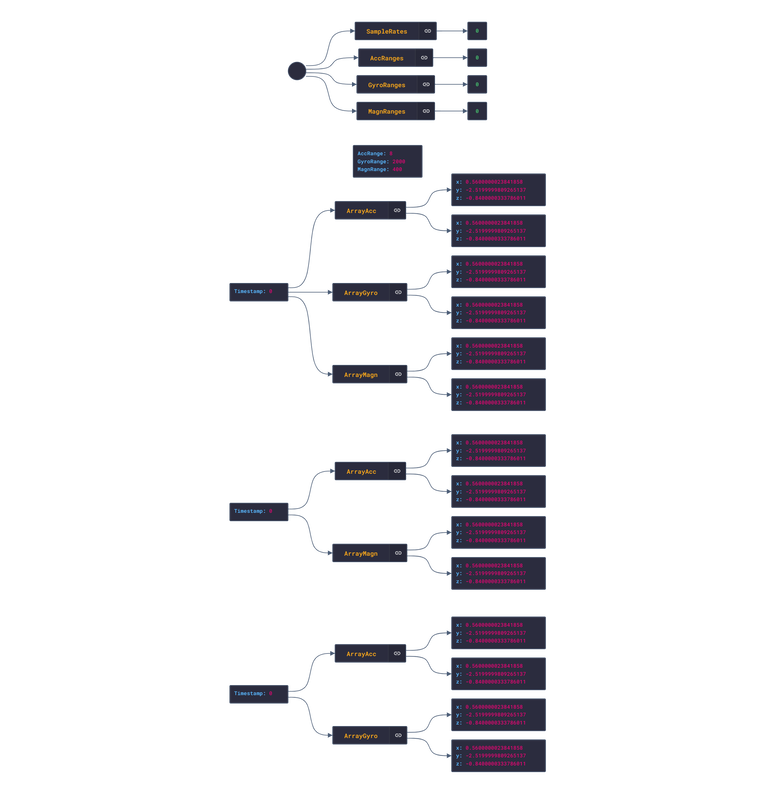
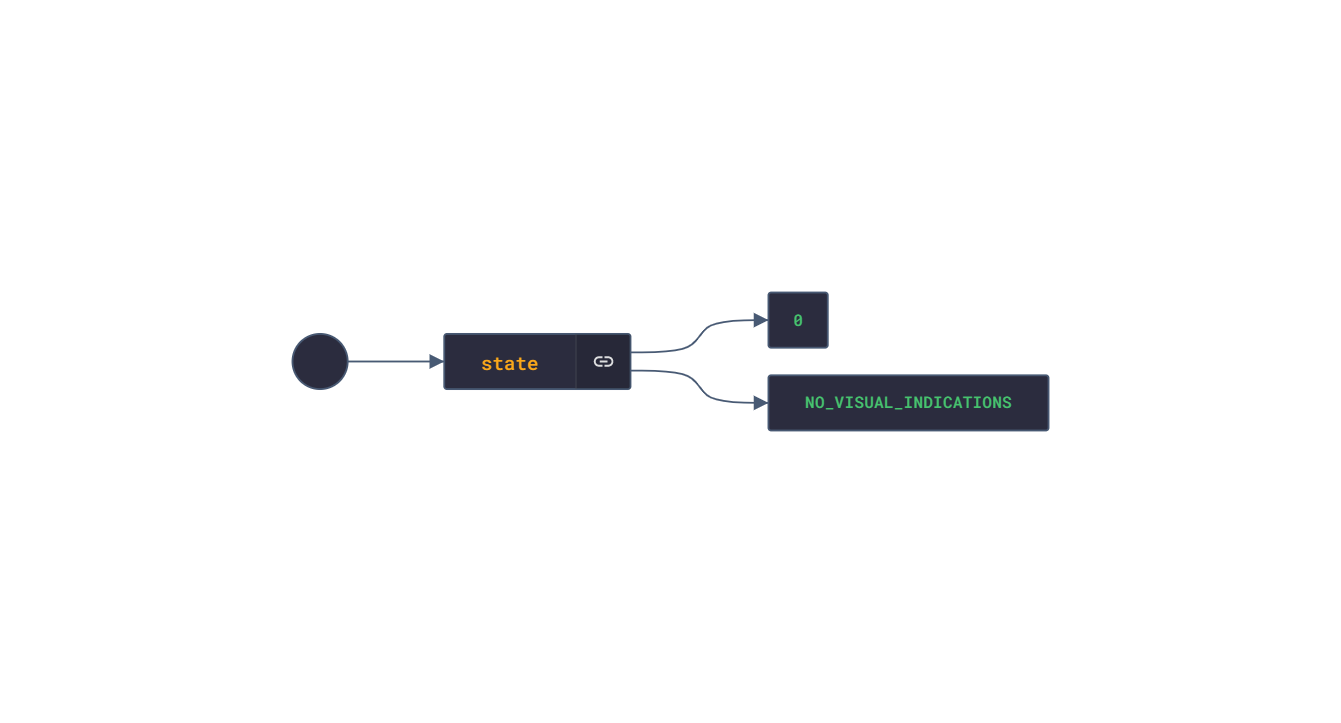

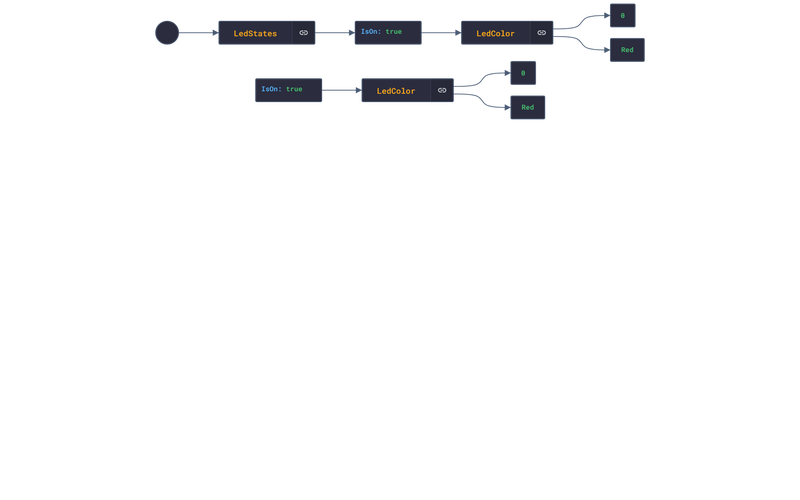
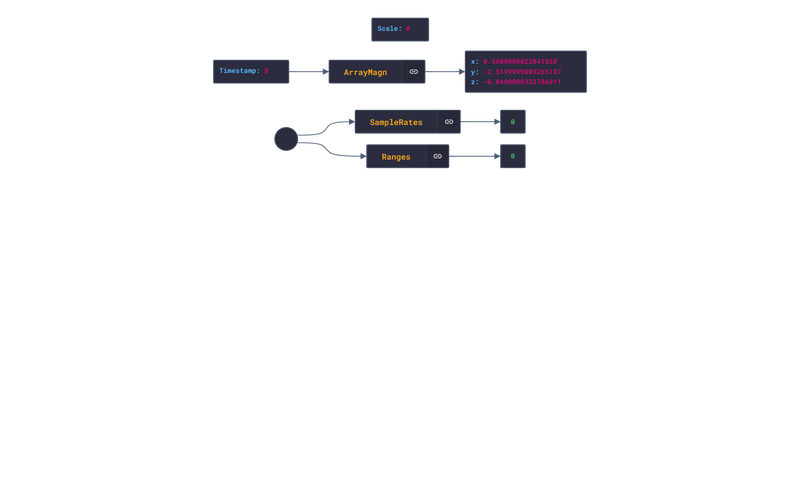

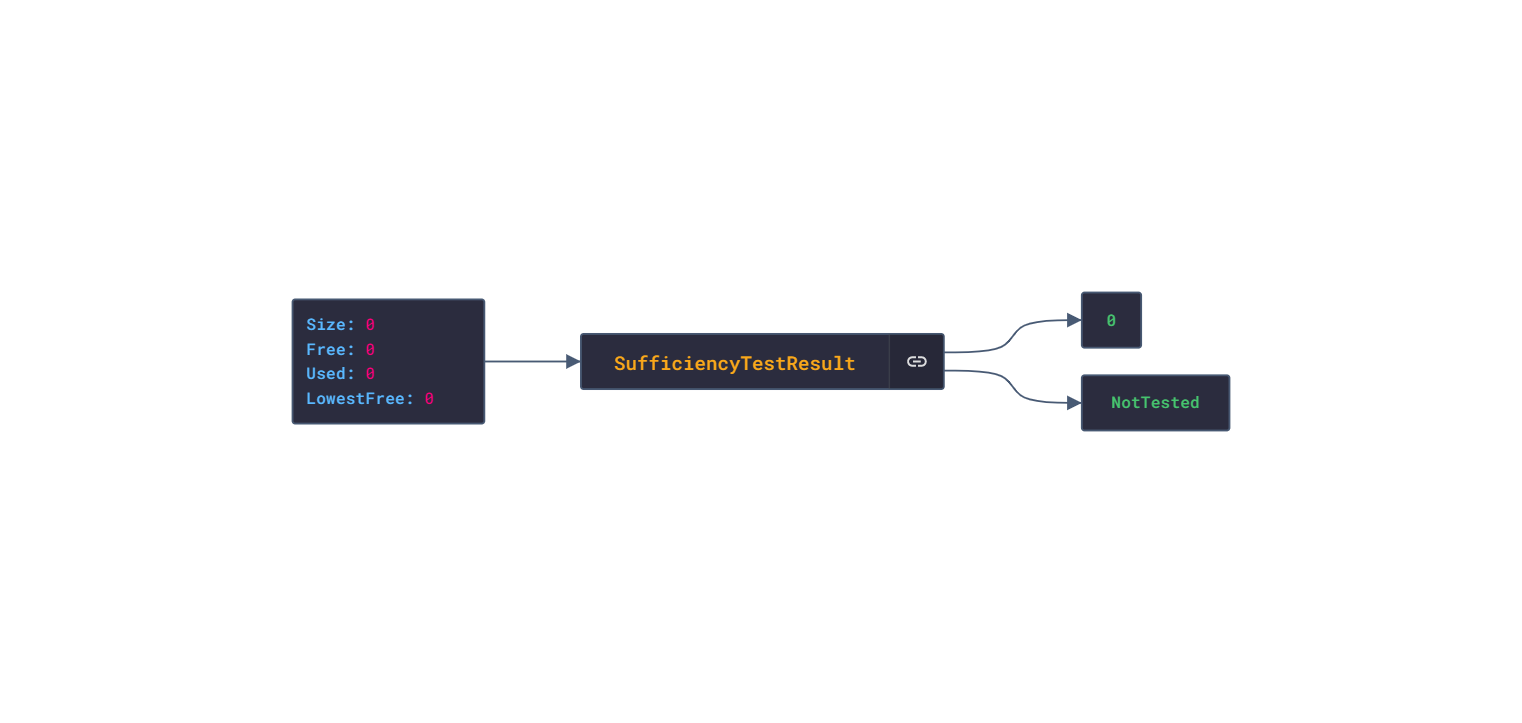




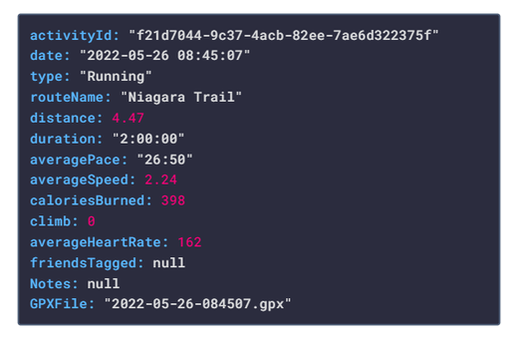

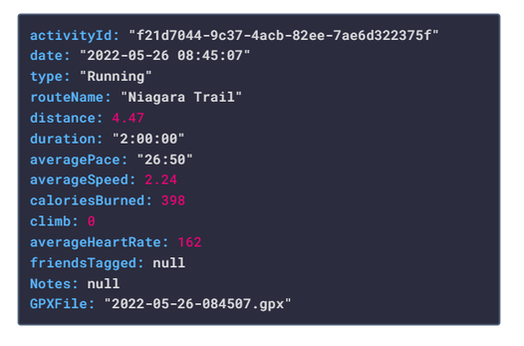

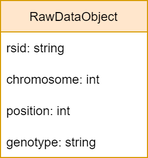
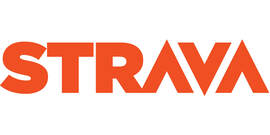


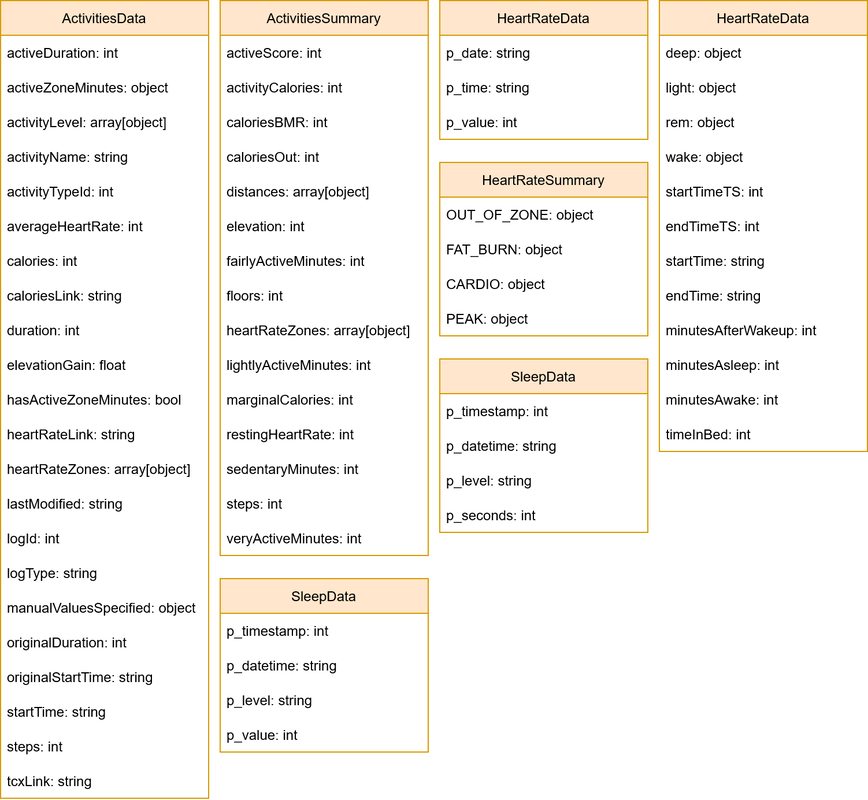
 RSS Feed
RSS Feed